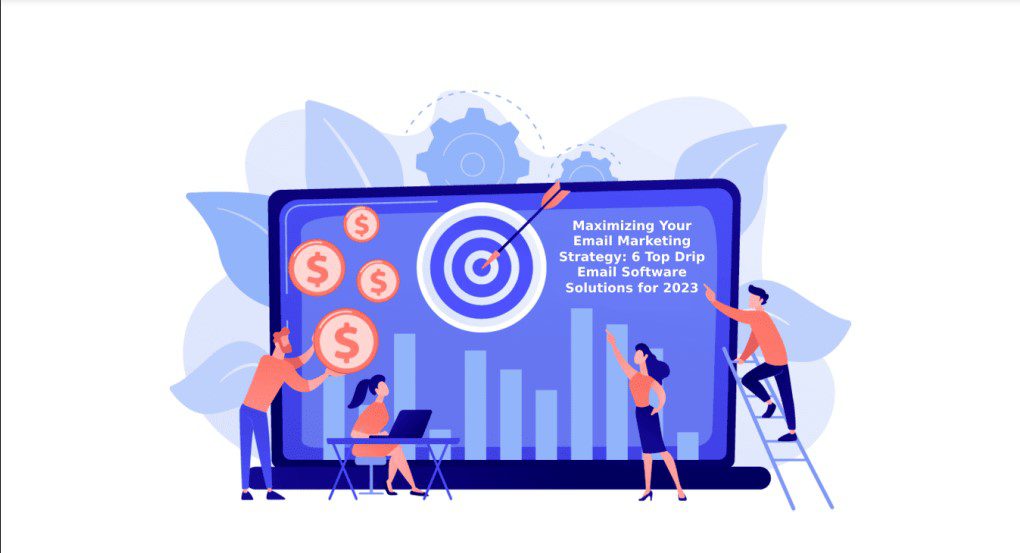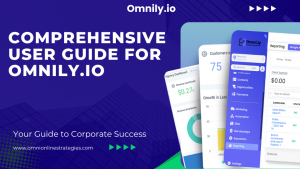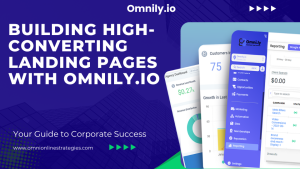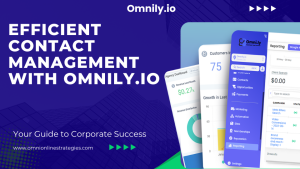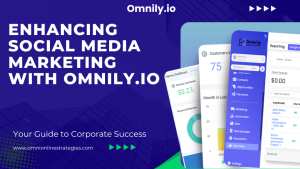WHY SALES FAIL?
and what to do about it

Every sale that doesn't succeed,
no matter where or what,
fails due to ONE of the following reasons:
Option 1 - NO DESIRE

The buyer doesn't have, or the seller failed to create, a desire for the product.
In simple words, the buyer doesn't want the product.
Option 2 - IT'S THE PRICE
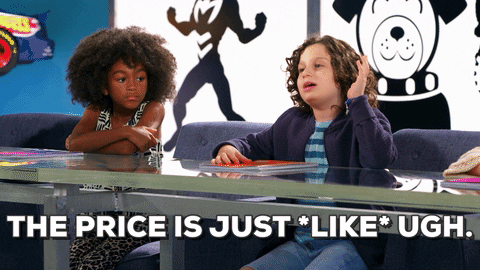
The buyer desires the product,
but perceives the price as higher than the product's value.
Isolating the cause of a failed sale is crucial to solving the problem.
Doubling down on your selling efforts without acknowledging what's blocking the sale will
only worsen the problem.
HOW TO RESPOND TO EACH SCENARIO?

In case of no desire
If a potential buyer lacks interest in your product, you're likely encouraging one of two challenges:
a. No desire due to a targeting issue
You're connecting with the wrong audience

A personal example of no-desire due to a targeting issue:
For several months, I've been receiving these cold emails from a lead scraping company
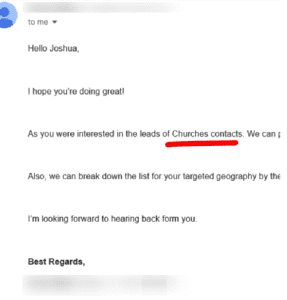
Despite receiving this email (and its follow-ups) numerous times, I've never responded or taken action on it.
(PS. I've also never marked it as spam - I don't want to harm their IP reputation.)
I'm certain that their product (US Church leads) is top-notch. However, regardless of the price, I simply have no desire for it because it's not relevant to my niche.
Their issue here is CLEARLY no desire due to BAD TARGETING.
HOW TO IMPROVE TARGETING?
One product = Multiple funnels
If the problem is 'no desire' due to a targeting issue, refine your targeting and remove irrelevant prospects, segment your target audiences, and market the same product through multiple hyper-specific sales funnels for each audience segment.
b. No desire due to a marketing issue
You're targeting the correct audience, but there seems to be an issue with your communication
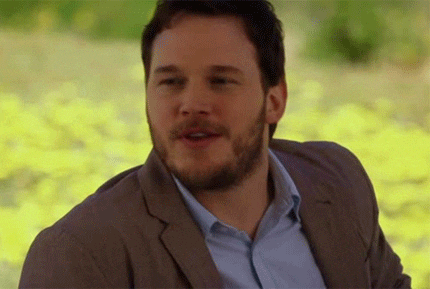
Common marketing issues that fail to create desire:
- Talking too much about your company and not enough about your customer.
- The storytelling structure doesn't catch their attention effectively.
- Failing to stand out among competitors (consider trying other marketing methods e.g, PPC vs Email)
- Too boring, sounds AI-like, too generic
- Lack of social-proof
- Lacks authenticity
- There is a problem with the structure of pages, funnels, ads, lead capture, nurturing, etc.
"No tears in the writer,
no tears in the reader.
No surprise in the writer,
no surprise in the reader."
- Robert Frost
What if it's the pricing?
If the price is the issue, you're actually in a better position because the buyer sees value in the product and wants it.

It may mean that:
- Your targeting is OK
- Your marketing is OK
The only issue is the price
Then the next question you need to ask yourself is:
Is the price too high?
Or is the price perceived is too high?
There's a big difference.
a. If the price is too high, don't reduce it too quickly
This could diminish the perceived value of the product, and you may find yourself dealing with desire issues all over again...
b. If the price is perceived as too high, try new ways to introduce it
Comparing your price with previous prices or those of your competition can help
How to determine if the issue is price or a lack of desire?


